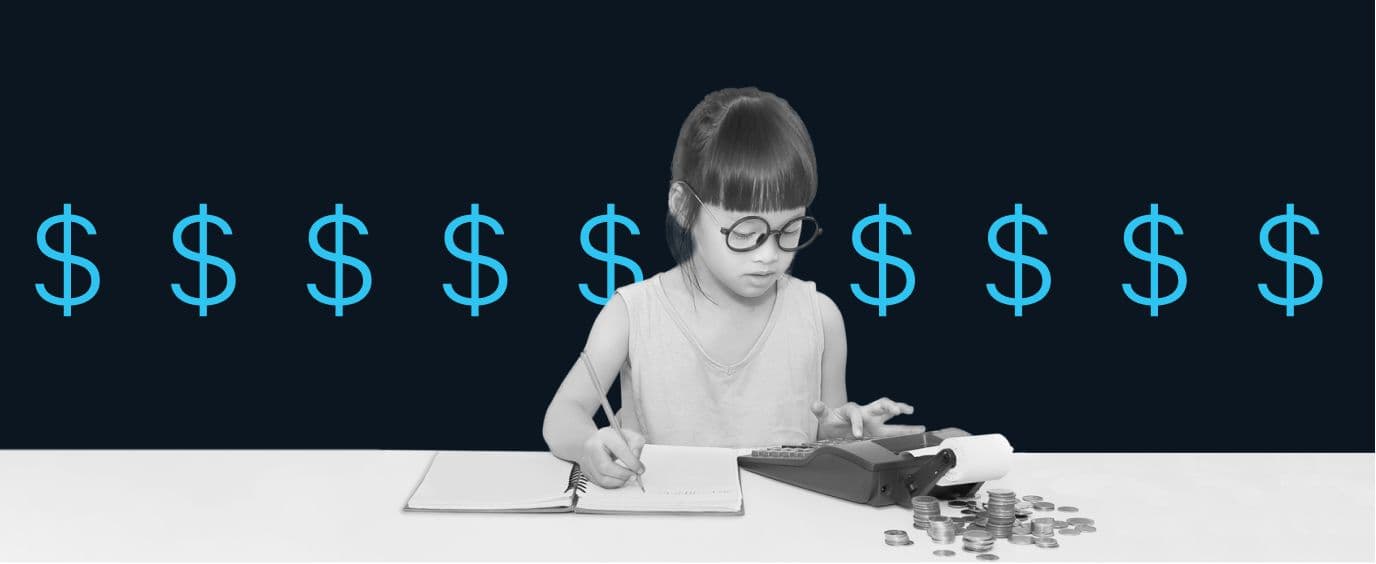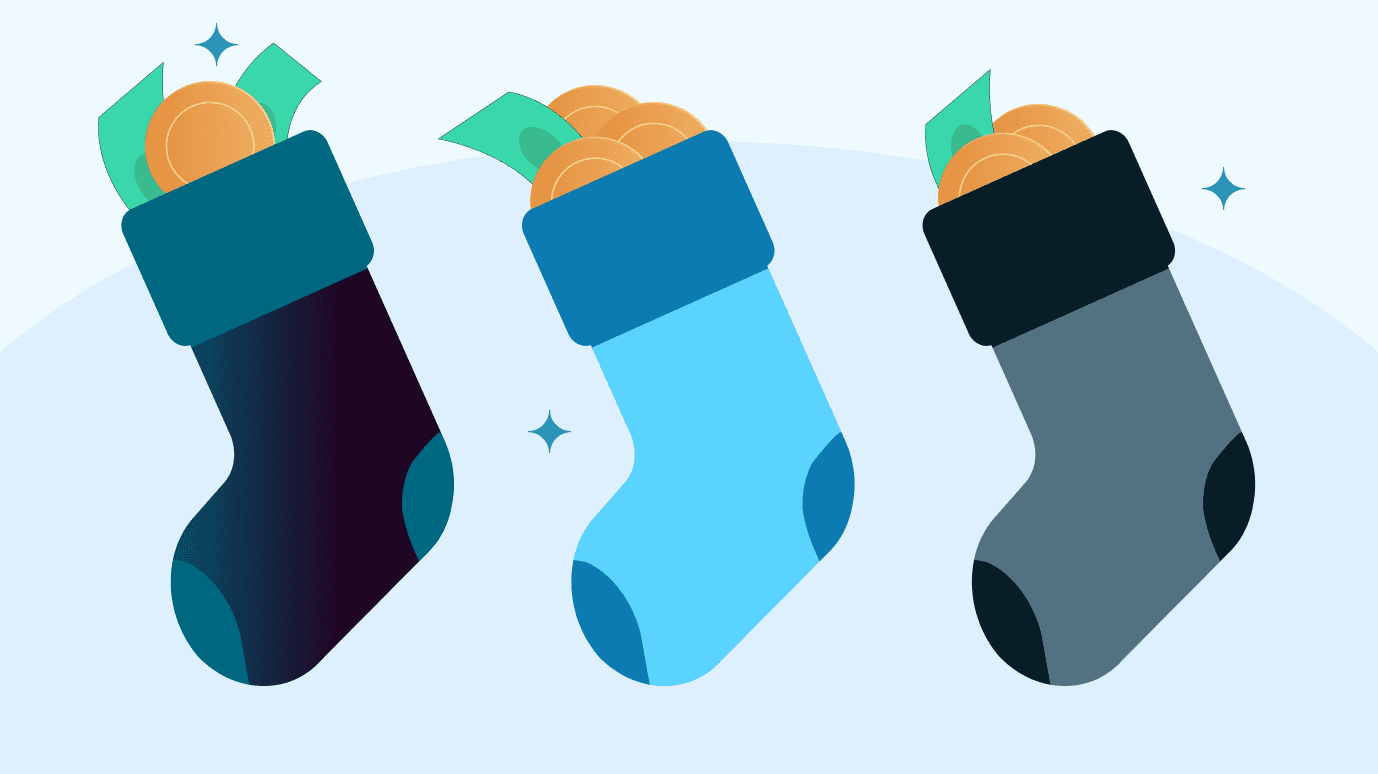May 02, 2018
Stash CEO Answers Your Burning Questions about Custodial Accounts
Feel proud! You’re helping a child save for his or her financial future.

In this article:
- What’s a custodial account?
- How long will the process take to open the account?
- After I set up a custodial account, what do I do next?
- How many accounts can I open?
- Can you take the money out of a child’s account?
- Why do you need the minor’s info and SSN?
- When the minor becomes an adult, how do they get the money?
- Are there other ways to get money into each custodial account I open?
- What if Stash gets sold or goes away?
- How do I learn more:
Stash custodial accounts can help you give the gift of saving, investing, and financial education to anyone who’s a minor. This can include your own kids, grandchildren, nieces, nephews, even children of friends…you get the point.
What’s a custodial account?
Custodial accounts are essentially brokerage accounts for children—with some investing and tax benefits—that you control until they are no longer minors. (That’s usually between 18 and 21 years old, depending on state law.)
Custodial accounts have been around for decades. They’re also known as Uniform Gifts to Minors Act (UGMA) or Uniform Transfers to Minors Act (UTMA) accounts. Generally speaking, different states typically allow one versus another. UTMAs allow for investments in more types of assets, including real estate. UGMAs confine themselves to more traditional securities, such as stocks and bonds.
Stash will automatically choose the right account based on state requirements, so you don’t need to do anything here.
How long will the process take to open the account?
We clocked the entire online application process at about 30 seconds from start to finish. You will need each minor’s name, address, social security number, and date of birth. Since you already have a Stash account, we have most of your information, so it’ll be super easy.
After I set up a custodial account, what do I do next?
First, feel proud! You’re helping a child save for his or her financial future. Next, keep adding money to the account on a regular basis, or whenever you can. You can turn on Auto-Stash and set a transfer frequency and amount that you feel comfortable with.
If the child is old enough, start talking to him or her about what the account is and how it works, and how it will help them later on. The education that they can get by understanding investing and saving will be theirs for life!
How many accounts can I open?
There is no limit to the number of accounts you can open—you can open as many as you want. You can open them for your own kids, as well as the children of extended family members. You can even set up accounts for your friends’ children, or any other child whose financial life you’d like to support.
Can you take the money out of a child’s account?
Nope. Here’s something really important to keep in mind: Once you’ve set up a custodial account for your child, it’s considered a permanent gift. They own it immediately and control it once they become adults. In other words, you can’t take the money back and use it for yourself—it’s their money from the moment you set up the account. But it’s your job to oversee the account and make sure you invest what’s in it wisely.
If you decide to pull money out of the account, it must be for the child’s exclusive benefit and not your own. That means you can’t use it to pay for things like the family grocery bills, rent, or a family vacation. You can use it for things the child’s school expenses, music lessons, even athletic or computer equipment.
Why do you need the minor’s info and SSN?
We don’t want it, but federal regulations require us to provide it. We also need it to transfer the account to the child when they are of legal age.
When the minor becomes an adult, how do they get the money?
When the minor becomes an adult, the account will become theirs, and they can use the money for whatever they need. That can mean paying for higher education, buying a first home or renting, books, travel, even a first car.
Are there other ways to get money into each custodial account I open?
For now, the money will need to come from your linked bank account. We plan to offer more options in the future.
What if Stash gets sold or goes away?
Stash does not hold your securities or cash. Apex Clearing, our custodian, does. You are buying real securities with your money. SIPC would return up to $250,000 in cash and up to $500,000 for non-cash investments such as stocks and ETFs in the event of fraud or bankruptcy. It’s important to keep in mind however, SPIC does not protect your investments from market value changes. So basically, you’re covered.
How do I learn more:
Here’s additional information about custodial accounts if you want to learn more:
Again, you’re awesome for giving a child a stronger financial future.
Brandon Krieg
CEO – Stash
Related articles

investing
Dec 11, 2025
How to Invest through the Holidays—Without the Stress

investing
Oct 23, 2025
Why Millions Are Canceling Disney+ and Hulu and What It Means for Investors

investing
Aug 15, 2025
Money Insights

investing
Jul 07, 2025
How to start investing: a guide for beginners

investing
Jun 04, 2025
Growth Stocks to Invest in for 2025

investing
Jun 03, 2025
Sustainable Investing Stocks to go after in 2025
By using this website you agree to our Terms of Use and Privacy Policy. To begin investing on Stash, you must be approved from an account verification perspective and open a brokerage account.
